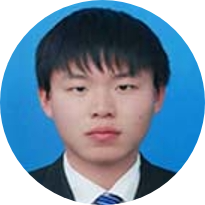Track Ⅵ
Innovative Grid-forming Technology and Its Applications
Chairs:  Jie Wang, Shanghai Jiao Tong University, China
Jie Wang, Shanghai Jiao Tong University, China  Leijiao Ge, Tianjin University, China
Leijiao Ge, Tianjin University, China
| Keywords: | Topics: |
|
|
Summary:
Under the dual carbon goals, the penetration rate of renewable energy in power systems continues to rise. Massive grid-connected power electronic conversion equipment—including inverters, variable-frequency loads, and flexible interconnection devices—has been widely deployed. In typical application scenarios such as large-scale renewable energy bases, offshore wind power transmission, flexible interconnections, industrial parks, and port microgrids, the characteristics of power-electronized power systems have become increasingly prominent. This has shifted the operational behavior of power systems from the "physically-dominated" characteristics of synchronous generators to the "control-dominated" characteristics of grid-connected converters. Traditional grid-following converters exhibit high dependency on grid conditions and insufficient capability to support the stable operation of new power systems. To ensure the stability of future power systems with high penetration of power electronics, it is imperative to develop advanced grid-forming (GFM) technology frameworks. These frameworks should address:
Top-level design of grid-forming architectures, grid-forming control methods, grid planning and configuration, Interactive operation strategies, grid-forming equipment, control technologies and so on. By fully leveraging the flexible regulation capabilities of power electronic devices and their interconnected systems, these approaches will enhance the grid-friendliness of high-penetration power electronics and strengthen system stability.
